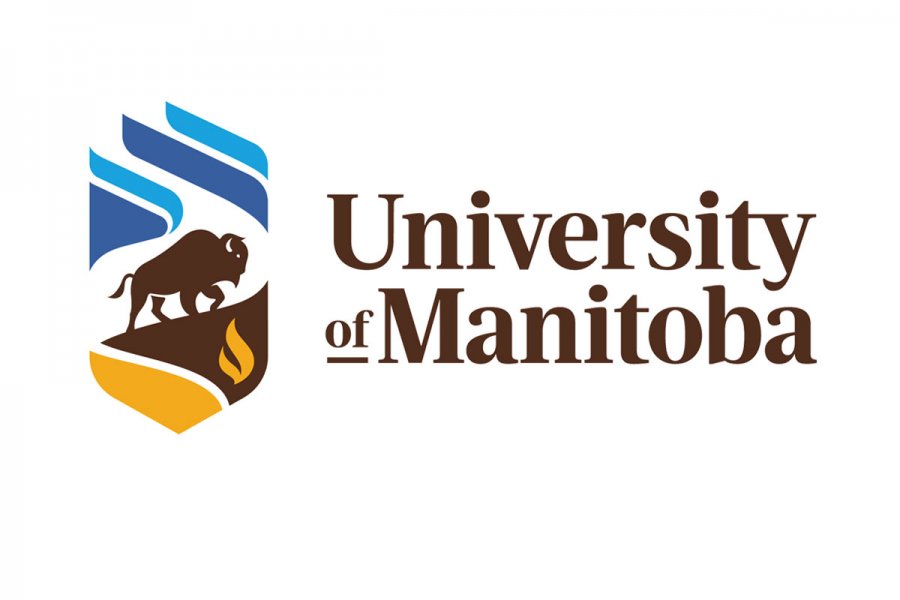Phase 1: Capturing Change
Individuals with a neuromuscular condition trialled an adaptive bike fit with sensors to track physical performance, for example, pressure mapping, speed, and power output. The goal of this phase was to test the validity and feasibility of these sensors on the bike.

Phase 2: Dyads
Dyad interviews were conducted with the child and their parent to gain a better understanding of the effects of adaptive biking on their social participation and quality of life, and how their environment contributes to accessing adaptive biking. Learning about the benefits of adaptive bikes and the barriers from the families who use them helps explain why it is important to create better assessment tools and protocols to track changes over time for clinicians to design interventions and support funding.
Phase 3: Outcomes that Matter
Focus groups were conducted with Occupational Therapists and Physiotherapists who recommend and work with adaptive bikes to identify the value of adaptive biking. This includes the clinically significant outcomes they have found, changes in the physical, psychosocial, and functional status of their clients, and the current measures they use to assess these changes. This study's findings will help gain a better understanding of why adaptive biking is recommended by clinicians, how changes are currently being tracked, and why further assessments and protocols would be beneficial to design interventions and support funding.
“ for a lot of our students it's the first time they can be eye level with their peer and can be moving at the same time by their own volition”
Focus Group 2 – phase 3: outcomes that matter



